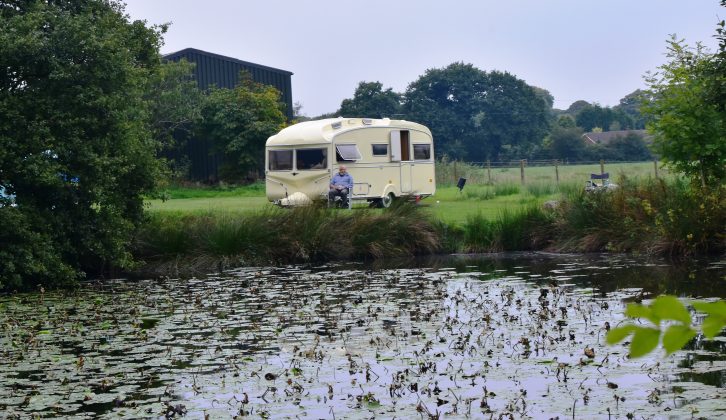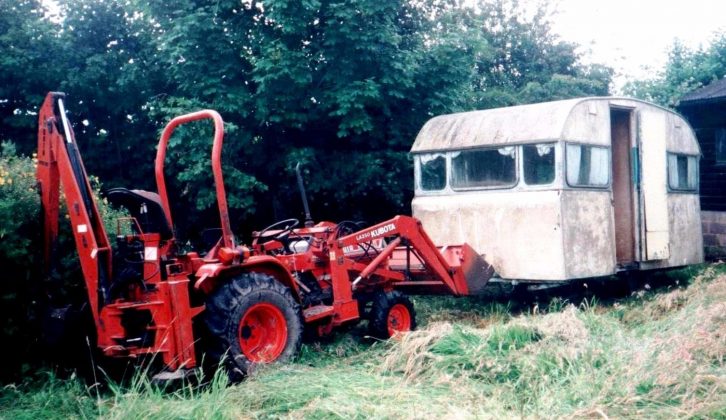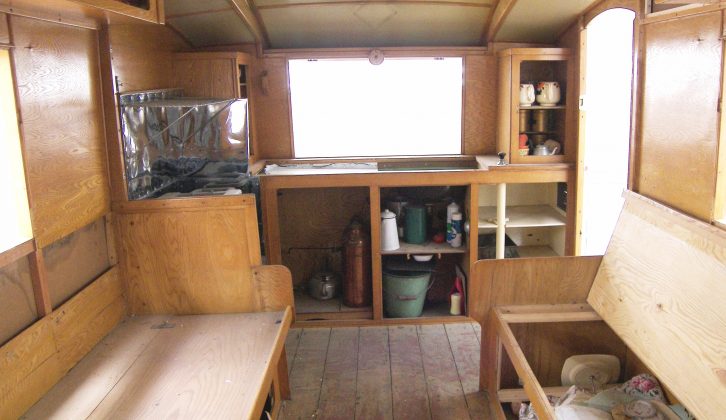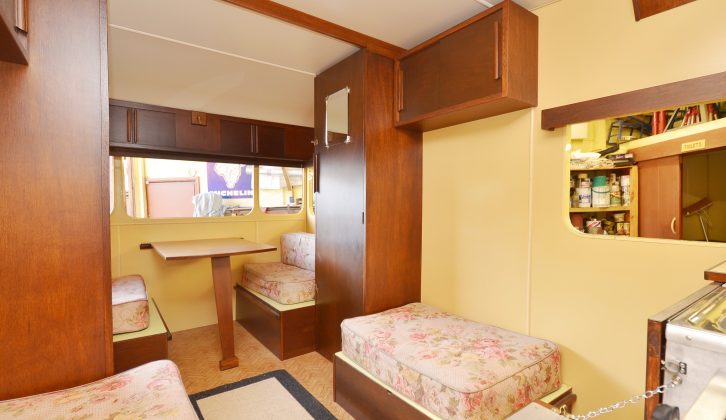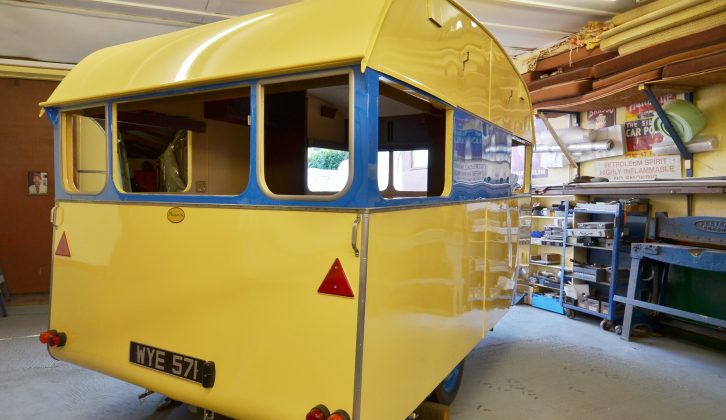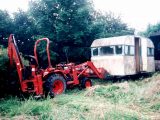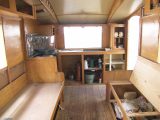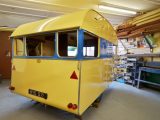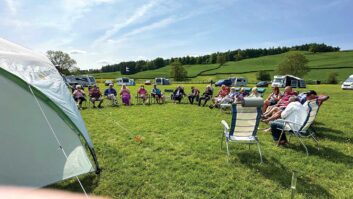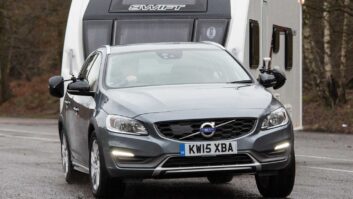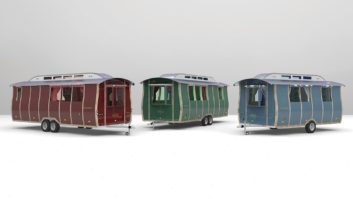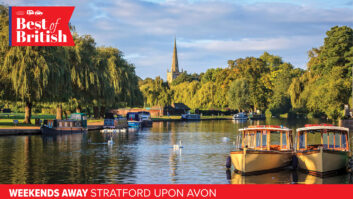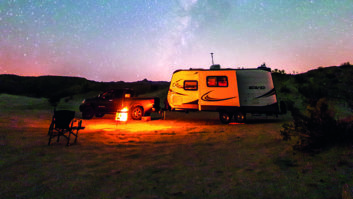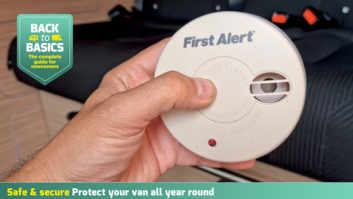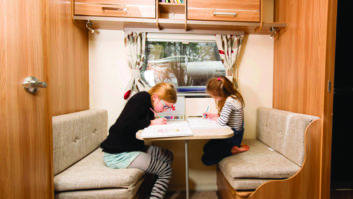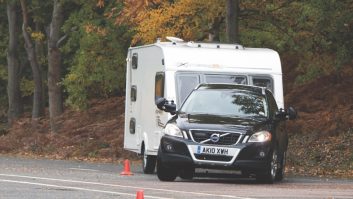Pitch on site in a vintage caravan and you’re sure to be the envy of all your fellow caravanners. The style, attention to detail and sheer beauty of some classic caravans has never gone out of fashion. It is easy to see why we are still attracted to them.
It is also easy to see why buying a classic caravan might scare some people. Browsing the vintage caravans for sale pages might be exciting, but what are you looking for? What problems are fixable? Which should you run away from?
Never fear, Practical Caravan is here to help – read on!
Where it all began
The classic caravan movement began in the early 1970s, when a historic caravan register was established. Back then, tourers from the ’30s and even the ’20s were still readily available.
A small club grew and by the early ’80s the Period and Classic Caravan Club had sprung up. Since then, the movement has grown, with classic car fans also getting into the classic caravan scene.
Here, we’re focusing on caravans from the 1960s to the early 1980s, because they’re the easiest to source. Online auction sites and some classic car magazines are the best places to find them.
The problem is that unless you’re a keen restorer, carrying out a caravan restoration requires a large undercover area and you’ll need to find out if parts are still available.
You’ll also need to know a fair bit about caravan restoration. Most older tourers from before 1982 were built using the old coachbuilding methods, which makes body repairs easier, but post-1982 models with bonded sides are harder to restore.
What’s the year?
Getting the year right for sellers and buyers can also be a problem. It’s quite common for vintage caravans to be advertised with the wrong year of manufacture. So here’s a clue: most pre-1980 tourers had glass windows and chassis were still steel (galvanised steel chassis came into play in 1983).
Of course you can check a potential purchase by contacting one of the two clubs the Period and Classic Caravan Club and the Historic Caravan Club, which have archives – although these are limited.
When viewing classic and used caravans for sale, try to focus on sellers who are including paperwork with the caravan. Whether that’s a brochure, a manual or any documents that came with the tourer from new or that the last owner may have acquired.
Chassis plates are useful for obtaining a year, but numbers are not easy to decipher. Once more, it’s a case of obtaining help – the two clubs are, again, good sources.
Before you buy your classic you should try to find out if parts are readily available, especially if it’s in need of work. Some chassis parts are still available for tourers going back 30 to 40 years ago, and caravan breakers are a great source.
What to pay?
We often get asked at Practical Caravan how much should you pay for a vintage caravan. There is no easy answer because price guides don’t exist for classic tourers – it’s a case of the buyer and seller agreeing on a figure.
However, as a general guide, an average-to-good condition classic from the 1970s starts at around £800. If it’s a rare model, add another £1000. A fully restored pre-war caravan can be up to £12,000.
Most caravan makers had owners’ clubs, but even though the manufacturer has long gone, the owners’ clubs still in many cases survive – and thrive. Look online for these, as they can provide a wealth of information and also parts availability.
If you’re lucky you may find a tourer in a barn that’s been kept original and just needs some TLC. We sometimes come across classic caravan owners who have struggled to find correct information on restoring and how the caravan looked when it was new. They get frustrated and then sell the caravan half finished, which can be a good buy if you have the information and skills to complete the project. These sellers can offer a low price just to move the caravan on.
When you finally get your hands on a vintage pride and joy, take it to classic caravan rallies or classic car shows – usually with a classic car to tow it. But make sure your car can tow the caravan and that your licence also covers you to! The good news is most smaller classics are light, weighing around 650kg MTPLM.
Do your homework and vintage caravan ownership can be great fun. And don’t be surprised if modern caravanners come over for a sneak peek!
Do your homework and vintage caravan ownership can be great fun!
